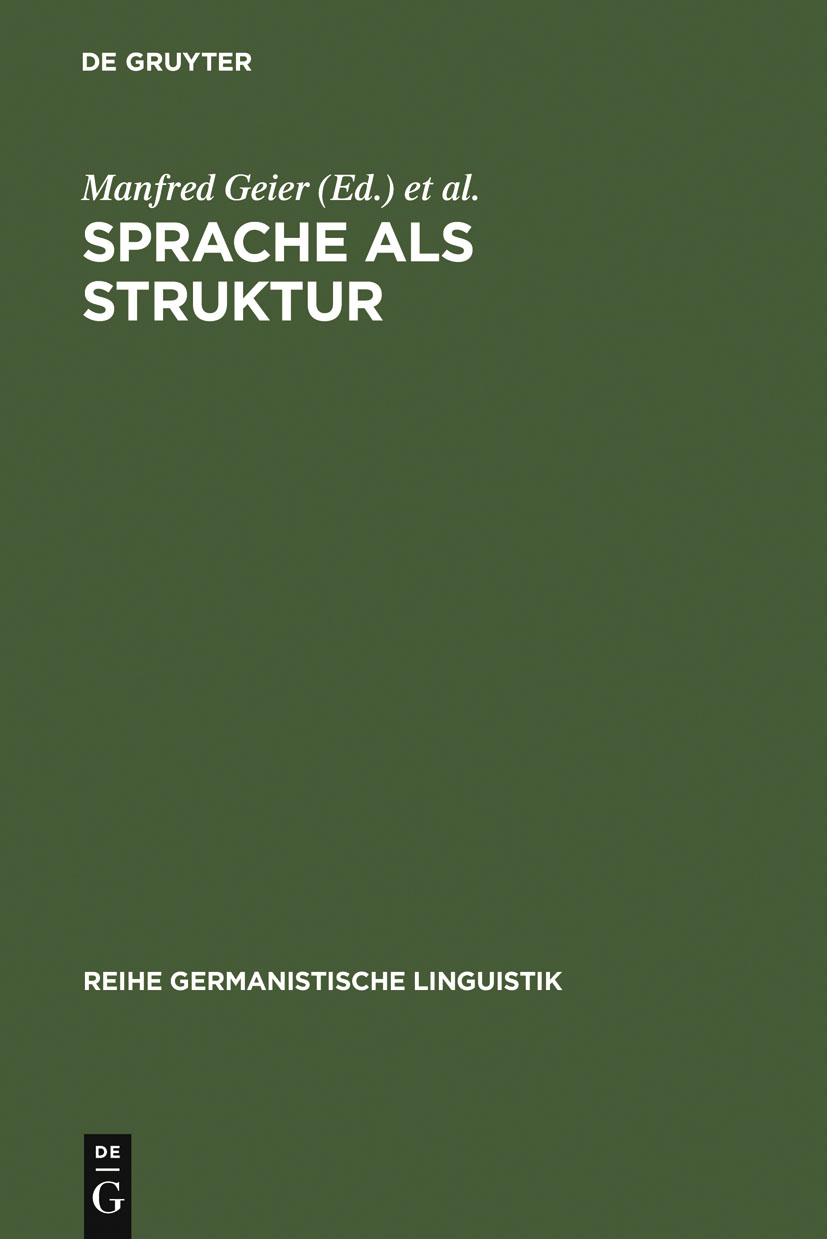151. Deep Learning in the Detection of Rare Fractures – Development of a 'Deep Learning Convolutional Network' Model for Detecting Acetabular Fractures
- Author
-
Fabian Springer, Daniel Dehncke, Felix Erne, Ralf Eggeling, Markus A. Küper, Steven C. Herath, and Nico Pfeifer
- Subjects
0303 health sciences ,Training set ,Computer science ,business.industry ,Deep learning ,Acetabular fracture ,Pattern recognition ,Overfitting ,medicine.disease ,Convolutional neural network ,030218 nuclear medicine & medical imaging ,03 medical and health sciences ,0302 clinical medicine ,Pelvic fracture ,medicine ,Orthopedics and Sports Medicine ,Surgery ,Artificial intelligence ,Pelvic injury ,business ,030304 developmental biology ,Network model - Abstract
Fracture detection by artificial intelligence and especially Deep Convolutional Neural Networks (DCNN) is a topic of growing interest in current orthopaedic and radiological research. As learning a DCNN usually needs a large amount of training data, mostly frequent fractures as well as conventional X-ray are used. Therefore, less common fractures like acetabular fractures (AF) are underrepresented in the literature. The aim of this pilot study was to establish a DCNN for detection of AF using computer tomography (CT) scans.Patients with an acetabular fracture were identified from the monocentric consecutive pelvic injury registry at the BG Trauma Center XXX from 01/2003 - 12/2019. All patients with unilateral AF and CT scans available in DICOM-format were included for further processing. All datasets were automatically anonymised and digitally post-processed. Extraction of the relevant region of interests was performed and the technique of data augmentation (DA) was implemented to artificially increase the number of training samples. A DCNN based on Med3D was used for autonomous fracture detection, using global average pooling (GAP) to reduce overfitting.From a total of 2,340 patients with a pelvic fracture, 654 patients suffered from an AF. After screening and post-processing of the datasets, a total of 159 datasets were enrolled for training of the algorithm. A random assignment into training datasets (80%) and test datasets (20%) was performed. The technique of bone area extraction, DA and GAP increased the accuracy of fracture detection from 58.8% (native DCNN) up to an accuracy of 82.8% despite the low number of datasets.The accuracy of fracture detection of our trained DCNN is comparable to published values despite the low number of training datasets. The techniques of bone extraction, DA and GAP are useful for increasing the detection rates of rare fractures by a DCNN. Based on the used DCNN in combination with the described techniques from this pilot study, the possibility of an automatic fracture classification of AF is under investigation in a multicentre study.Die automatische Frakturerkennung mithilfe von künstlicher Intelligenz (KI) ist derzeit ein wichtiges Thema in der unfallchirurgischen und radiologischen Forschung. Vor allem bei der Nutzung von „Deep Convolutional Neural Networks“ (DCNN) ist allerdings üblicherweise eine große Anzahl an Trainingsdatensätzen erforderlich, um gute Erkennungsraten zu erzielen, weswegen diese Methoden bisher i. d. R. an sehr häufigen Frakturen und an Röntgenbildern angewendet werden. Demgegenüber stellen seltene Frakturen wie die Azetabulumfraktur (AF) eine Herausforderung für neuronale Netzwerke dar. Ziel dieser Pilotstudie war es daher, einen Algorithmus zu entwickeln, mit dessen Hilfe AF anhand von CT-Bildern zuverlässig automatisch erkannt werden können.Patienten mit einer einseitigen AF wurden aus dem monozentrischen Beckenregister der BG Unfallklinik Tübingen über einen Zeitraum von 01/2003 bis 12/2019 identifiziert. Patienten, bei denen CT-Datensätze im DICOM-Format vorlagen, wurden weiterverarbeitet. Die automatische Weiterverarbeitung beinhaltete die Anonymisierung sowie verschiedene Methoden der Knochenextraktion, der „Data Augmentation“ (DA) sowie des Global Average Poolings (GAP), um die Datensätze für das Training des auf Basis von Med3D erstellten DCNN vorzubereiten.Von insgesamt 2340 Patienten mit einer Beckenfraktur erlitten 654 eine AF. Nach Weiterverarbeitung der Datensätze konnten 159 Datensätze für das Training verwendet werden. 80% davon wurden als Trainingsdatensätze randomisiert, 20% wurden als Testdatensätze randomisiert. Durch die Techniken der DA und des GAP konnte die Erkennungsrate des DCNN trotz der geringen Zahl an Trainingsdatensätzen von 58,8 auf 82,8% gesteigert werden.Die Erkennungsrate unseres DCNN ist trotz der im Vergleich niedrigen Zahl an Trainingsdatensätzen vergleichbar mit Literaturangaben bei häufigeren Frakturen. Die Techniken der Knochenextraktion, verbunden mit der DA und der GAP, helfen bei selten auftretenden Frakturen, die Erkennungsraten eines DCNN zu erhöhen. Mit den Techniken und dem DCNN aus dieser Pilotstudie soll in einer Multicenterstudie an einer größeren Anzahl an Datensätzen die Möglichkeit einer automatischen Klassifizierung von AF untersucht werden.
- Published
- 2021
